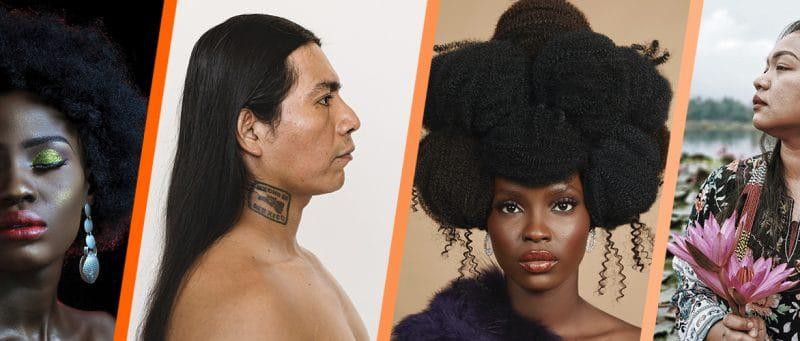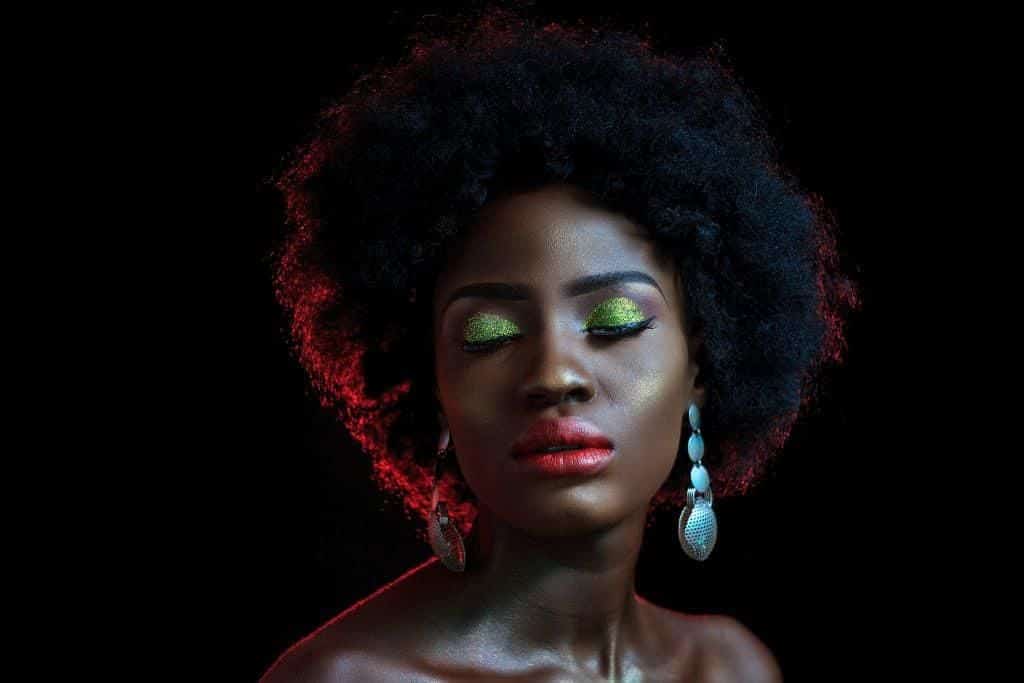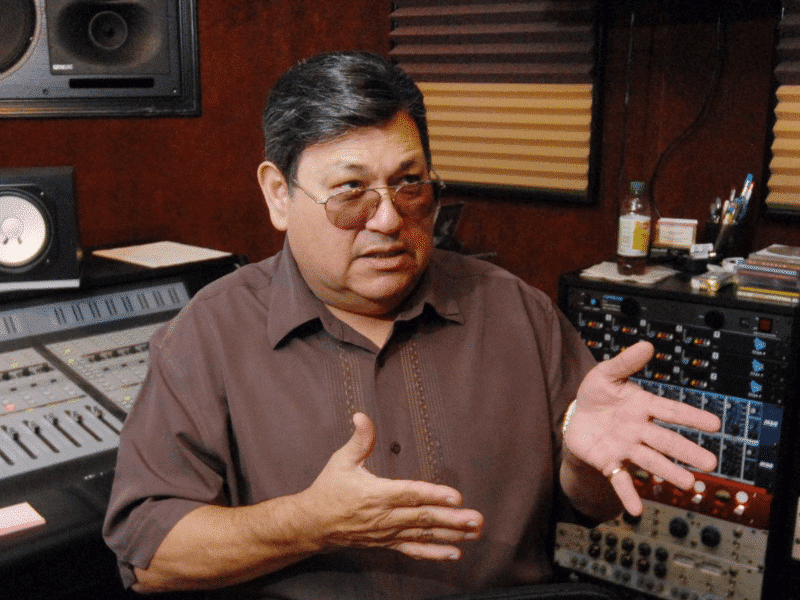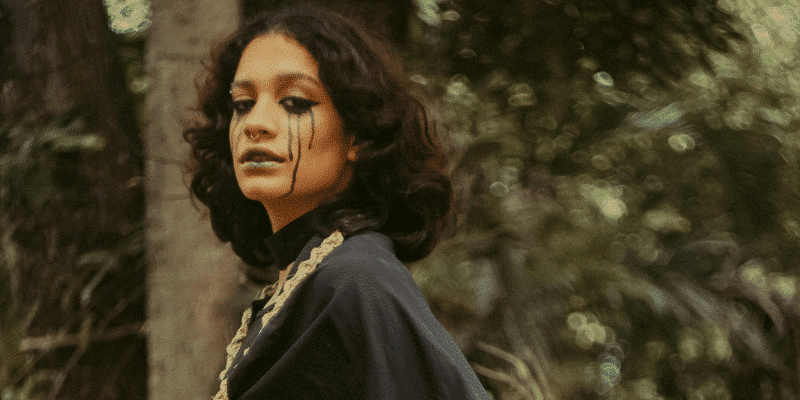Tales of Power: Hair’s Role in Cultural Resistance
Hair isn’t just fiber growing from your scalp. It has a deep connection to the personality, sense of belonging, and stylistic expression of Black and Indigenous people.

A hairstyle is not a random collection of knots, braids, and cuts. Hair isn’t just fiber growing from your scalp. It has a deep connection to the personality, sense of belonging, and stylistic expression of Black and Indigenous people. It’s also proof of their resistance, their endurance, and singularity. Indigenous people perceive it as a reflection of their knowledge, culture, and pride. It’s their personality shown through those fibers. Other people see it as an extension of themselves, a way to communicate who they are or experiment with their expression.
In the 15th century in West Africa, men and women used it to identify themselves as a part of a specific tribe. In some cases, the more elaborate the hairdo, the higher your place in the hierarchy. It gave them a sense of belonging and pride in who they were. Oiling, brushing, and braiding, was so crucial that anyone who didn’t nurture and make themselves intricate updos were deemed not emotionally stable.
Then slavery came. Black people were violently removed from their countries and white people wanted to remove any trace of their origin, which meant shaving heads to remove the possibility of tracing back to their roots. They used their hair to store food, like rice, to help them survive the atrocious environment they were forced into. Then hair evolved to be used as a form of communication.
They used their talent at braiding to create designs detailing the roads they walked so people could have guidance or pinpointed places where they could be free of bondage. They were using what they knew to get their liberty back.
After Black people regained freedom, much of the racist practices remained. That’s why in the 60s Black people knew no matter how much they changed how they talked, their hair, or the clothes they wore, they would still be killed, rejected, and pushed away from the dominant white societal hierarchy. So their hair, especially afros, was politicized and reshaped as more than just a style choice. In fact, wearing your big, gorgeous hair wasn’t a style choice, it became a form of protest and resistance and acknowledgment of your roots, a demonstration of your pride.

Indigenous people carry their long luscious hair pridefully and it carries significant meaning. It embodies the connection between them and the world. It represents their strength and the knowledge they’ve inherited from their ancestors. It all changes depending on the tribe, but they all share the same practice. Having long hair is a way to connect to their people, traditions, and personality.
After outright racist efforts to make them stick to a eurocentric standard of grooming, like the 1902 order, where they forced Indigenous men to cut their hair so they could adapt and be “part of the change,” letting their hair grow long and strong became a silent but powerful protest to the years of abuse and oppression experienced at the hands of white oppressors.
To this day boys and men get teased, bothered and harassed about their decision to use long hair and braids.
Eurocentric beauty standards, white supremacy, and racism have tried to eliminate traditions, and cultural expressions important to Black and Indigenous people—imposing a white-centric view of how people are supposed to look which tries to strip people’s uniqueness and inner power. The constant policing of how BIPOC uses their hair reflects racist foundations and blocks people of color from their right to be true to themselves.
People keep on being judged by their hair, be it the shape, the length, the form of the color. White people question their professionalism as soon as your hair looks different but are quick to culturally appropriate it themselves. Stereotypes and regulations of how to wear your hair are demeaning practices. Women receive constant questioning and attempted discredit of their successes and credentials. There’s even a song about it!
I will die on this hill and you absolutely cannot tell me otherwise
Efforts like the CROWN act are finally trying to tackle from a legal standpoint the harassment, and racist policies Black people are subjected to. Indigenous people continue to let their hair grow, and people are rocking their favorite colors. The courage of presenting yourself as you are is slowly but surely gaining space in popular narratives, and people will still keep fighting back to be who they are.



